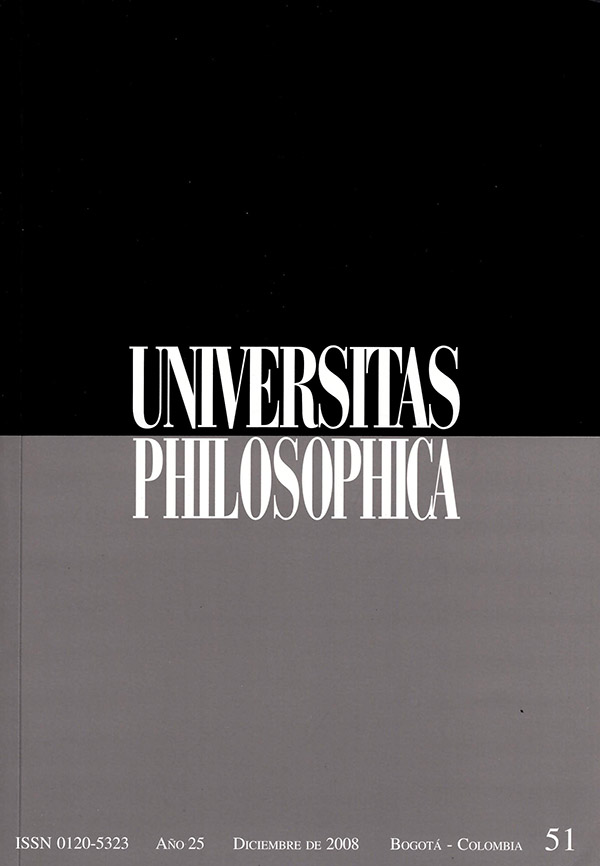Resumen
El presente artículo sostiene que la misma ruptura atraviesa elproceso creativo artístico de Robert Smithson y el creativo filosófico de Gilles Deleuze y Félix Guattari. En el caso de Smithsonel tránsito de los Site-Nonsite works (1966-9) y los Earthworks (1970-3), en el de Deleuze y Guattari la transición tiene lugar entre Diferencia y Repetición (1968) a El Anti-Edipo (1972). La rupturase manifiesta en Smithson en la forma de un abandono de la institución a favor de un arte de intervención directa que se concreta al enfrentar uno de los problemas más agobiantes de nuestro tiempo: la destrucción de la tierra. En el caso de Deleuze y con la marca de Félix Guattari, la ruptura se da con el abandono del mapeo conceptual de estructuras en pos de una maquinaria material de producción con la cual el pensamiento consigue realizar su compromiso con los procesos políticos reales.Esta revista científica se encuentra registrada bajo la licencia Creative Commons Reconocimiento 4.0 Internacional. Por lo tanto, esta obra se puede reproducir, distribuir y comunicar públicamente en formato digital, siempre que se reconozca el nombre de los autores y a la Pontificia Universidad Javeriana. Se permite citar, adaptar, transformar, autoarchivar, republicar y crear a partir del material, para cualquier finalidad (incluso comercial), siempre que se reconozca adecuadamente la autoría, se proporcione un enlace a la obra original y se indique si se han realizado cambios. La Pontificia Universidad Javeriana no retiene los derechos sobre las obras publicadas y los contenidos son responsabilidad exclusiva de los autores, quienes conservan sus derechos morales, intelectuales, de privacidad y publicidad.
El aval sobre la intervención de la obra (revisión, corrección de estilo, traducción, diagramación) y su posterior divulgación se otorga mediante una licencia de uso y no a través de una cesión de derechos, lo que representa que la revista y la Pontificia Universidad Javeriana se eximen de cualquier responsabilidad que se pueda derivar de una mala práctica ética por parte de los autores. En consecuencia de la protección brindada por la licencia de uso, la revista no se encuentra en la obligación de publicar retractaciones o modificar la información ya publicada, a no ser que la errata surja del proceso de gestión editorial. La publicación de contenidos en esta revista no representa regalías para los contribuyentes.


